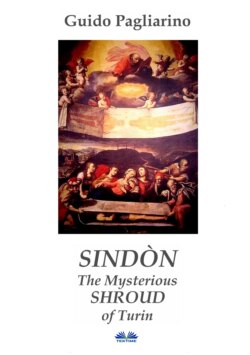Читать книгу Sindòn The Mysterious Shroud Of Turin - Guido Pagliarino - Страница 24
ОглавлениеSince there are no definite documents to corroborate that the cloth in Constantinople actually was the Shroud of Turin, we have an historical gap until 1536 when, as we will see, it was definitely in Lirey, France. Nevertheless, a miniature, not properly a document, was found in the Pray Codex, a collection of manuscripts dating to A.D. 1192-1995 and currently kept in the National Library of Budapest.
It is a sacramentary written in Latin which includes a funeral sermon in Hungarian (it's the oldest text in this language). The Hungarian Jesuit Georgius Pray (who gave the name to the Codex) discovered the artifact in Slovakia in the library of the Benedectine monastery of Pozsony, currently Bratislava, in the 18th century. The Pray Codex is an handwritten (in the 12th century the printing press had not been invented yet). The miniature we are interested in, composed by two overlapping illustrations, is on the back of the sheet number XXVII, and shows the entombment of Jesus. The upper image depicts the anointing of Jesus' body, entirely naked just like in the image of the Shroud of Turin (this is a specificity compared to the contemporary and earlier icons); moreover, the arms are crossed on the pelvis, the right on the left, and the thumbs and the feet are not visible, everything again like on the Shroud (see the following paragraph Why are the thumbs not visible on the Shroud? Why is his right foot covering his left one in the positive photographic image?). On the pictures below, hands and lower extremities details on a Shroud negative image, and the Pray Codex:
